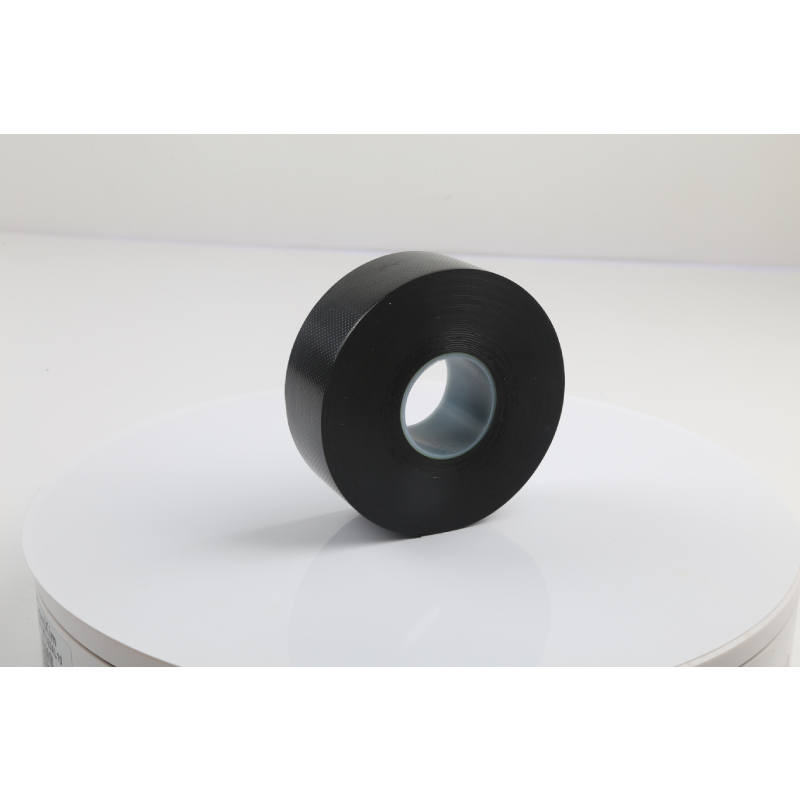The Importance of Butyl Rubber Flashing in Construction
When it comes to construction and building materials, the choice of materials can significantly impact the durability, efficiency, and performance of structures. Among these materials, butyl rubber flashing has emerged as a highly effective solution for a variety of sealing and waterproofing applications. This article explores the characteristics, benefits, and applications of butyl rubber flashing, highlighting its essential role in modern construction.
What is Butyl Rubber Flashing?
Butyl rubber is a synthetic rubber composed of isobutylene and a small percentage of isoprene. It is known for its excellent waterproofing properties and flexibility. Butyl rubber flashing is a specific application of this material, designed to create a watertight seal around roof penetrations, wall joints, and other critical areas where water intrusion could occur. The flexibility and adhesion qualities of butyl rubber allow it to conform to various surfaces and maintain a strong bond, even in extreme weather conditions.
Key Characteristics
1. Waterproofing The primary feature of butyl rubber flashing is its exceptional waterproofing ability. Once applied, it forms a continuous barrier that prevents water from penetrating through seams, joints, and around structures.
2. Temperature Resistance Butyl rubber exhibits excellent resilience under a wide range of temperatures. It remains flexible in cold weather and does not become brittle, while also resisting degradation in hot conditions.
3. Adhesion Butyl rubber flashing adheres well to a variety of substrates, including metals, concrete, and wood. This strong adhesion is vital in ensuring the longevity of the seal and minimizing the risk of leaks over time.
4. UV Resistance Many formulations of butyl rubber flashing include additives that enhance UV resistance, making them suitable for outdoor use without significant degradation.
butyl rubber flashing

Benefits of Using Butyl Rubber Flashing
1. Durability Thanks to its superior chemical and physical properties, butyl rubber flashing is known for its long-lasting performance. It can withstand exposure to harsh weather conditions, minimizing the need for frequent repairs or replacements.
2. Easy Application Butyl rubber flashing is often available in rolls, making it straightforward to install. Contractors appreciate the ease of handling and application, which can lead to reduced labor costs.
3. Cost-Effectiveness While the initial investment may be higher than some other sealing materials, the long-term benefits and reduced maintenance costs associated with butyl rubber flashing often make it a more economical choice over time.
4. Versatility This material can be used in various applications, from roofing and siding to windows and doors. Its adaptability makes it a preferred choice for contractors and builders across different construction sectors.
Applications in Construction
Butyl rubber flashing is widely used in roofing systems, particularly for sealing around vents, chimneys, and skylights. It is also employed for waterproofing at the junctions of walls and roofs, preventing leaks that could lead to structural damage. Additionally, it can be used in landscaping projects for pond liners and other waterproofing needs.
Conclusion
In summary, butyl rubber flashing is an invaluable tool in the construction industry. Its ability to provide a reliable, long-lasting barrier against water intrusion, combined with its ease of application and versatility, makes it an essential component for safeguarding buildings and structures. As the construction industry continues to evolve, materials like butyl rubber flashing will play a crucial role in enhancing the integrity and longevity of our built environment.
-
XIANGFAN Rubber Tape-Ultimate Solutions for All Your Insulation NeedsNewsJun.24,2025
-
XIANGFAN Rubber Tape-Protection for Industrial and Residential ApplicationsNewsJun.24,2025
-
XIANGFAN Rubber Tape: Superior Safety and Sealing for Demanding EnvironmentsNewsJun.24,2025
-
XIANGFAN Rubber Tape: Reliable Solutions for Every Electrical ChallengeNewsJun.24,2025
-
XIANGFAN Electrical & Industrial Tape: Powering Reliability Across IndustriesNewsJun.24,2025
-
XIANGFAN Electrical & Industrial Tape: Excellence in Every ApplicationNewsJun.24,2025
